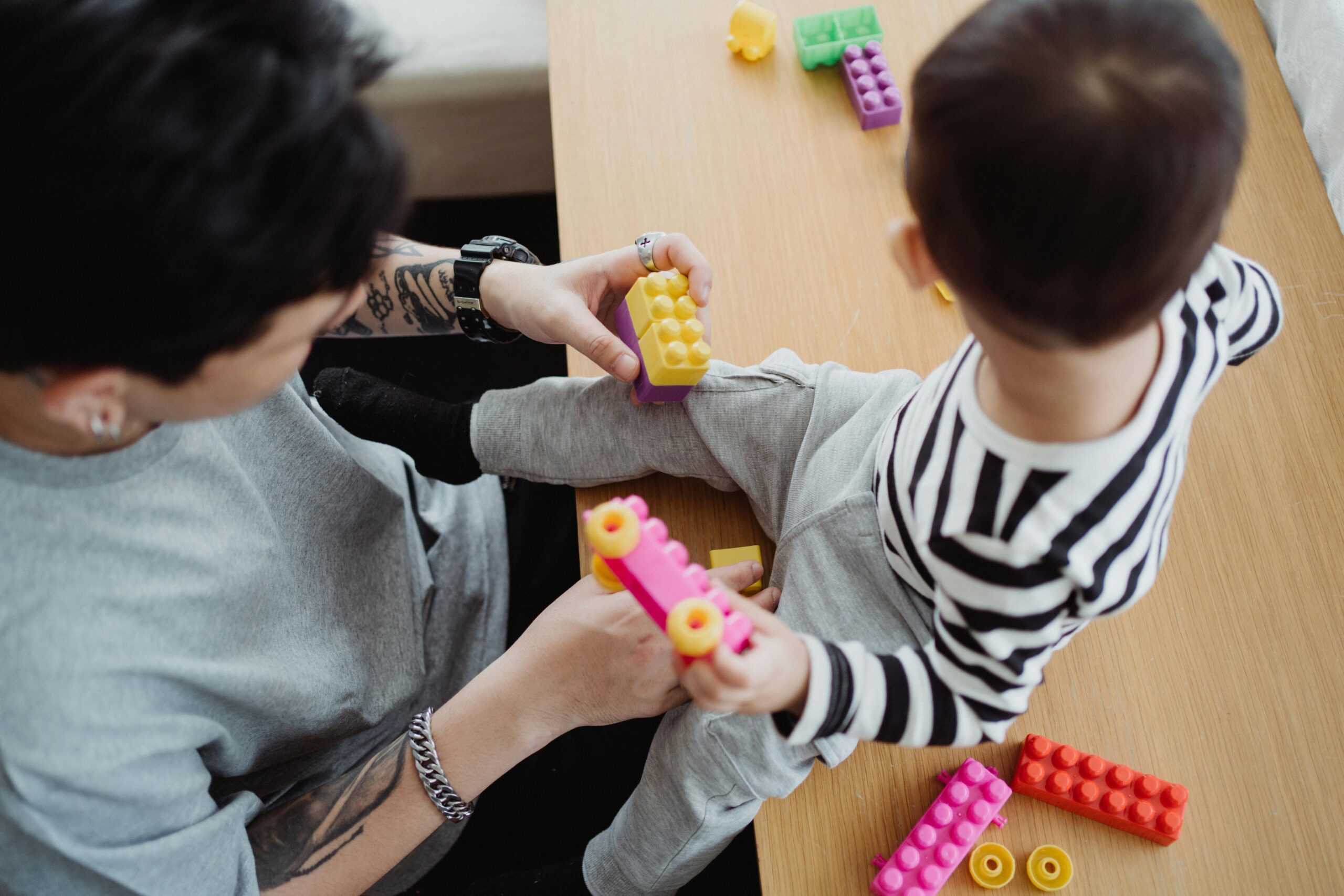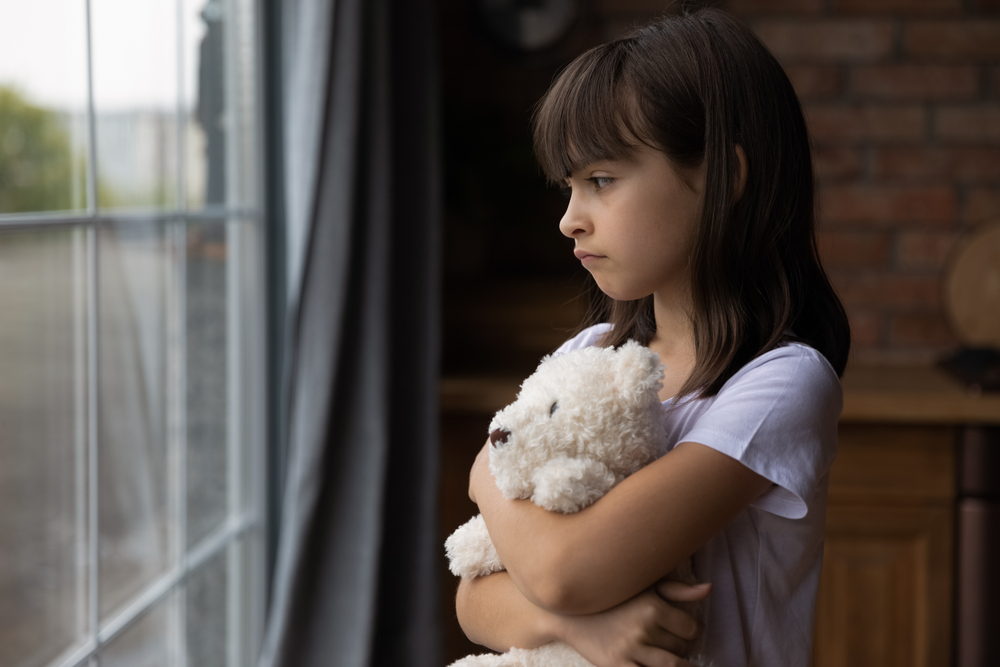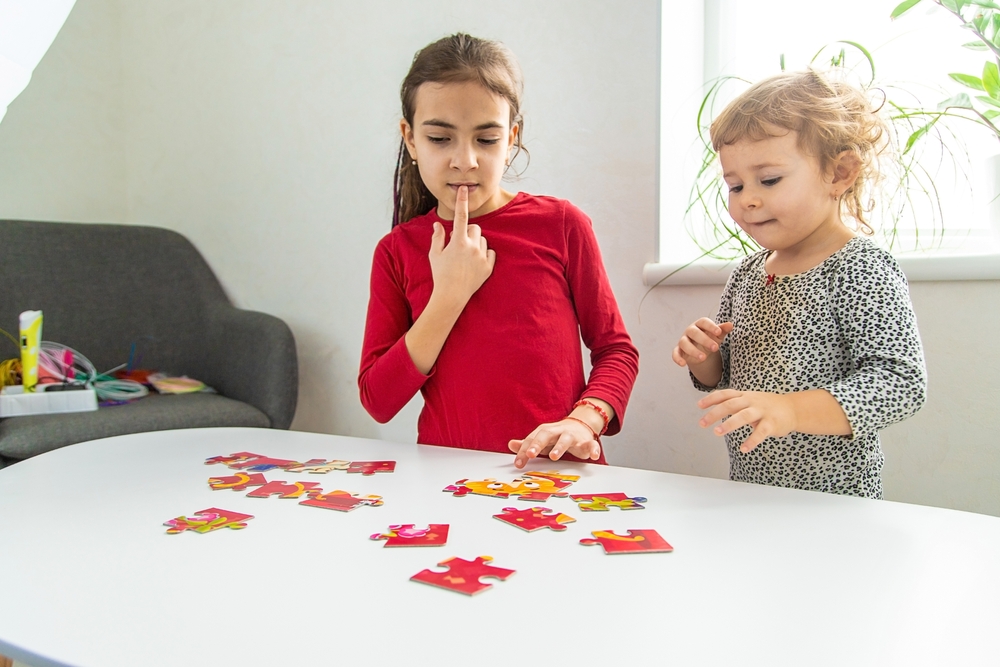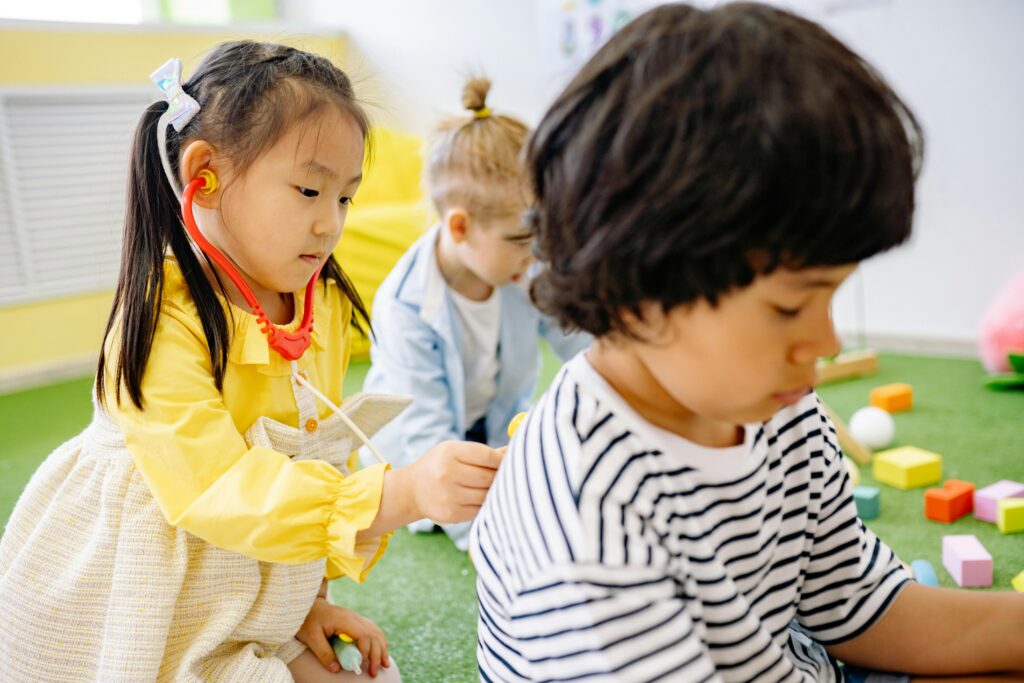How LEGO’s MRI Model Is Reducing Anxiety in Hospitals Worldwide

For a child, stepping into a hospital can feel like crossing into a different world bright lights, strange sounds, and the looming hum of unfamiliar machines. Among the most intimidating of them all is the MRI scanner: a cavernous tunnel that demands stillness and calm while emitting a mechanical chorus of clicks and clangs. For adults, this can already be nerve-wracking. For children, it can be an ordeal that stirs tears, panic, and even the need for sedation. But something remarkable is happening inside hospitals around the world a quiet revolution powered not by high-tech medicine, but by play. A handful of colorful plastic bricks, arranged into the shape of an MRI scanner, are helping young patients face their fears with confidence, curiosity, and even joy.
The LEGO MRI Scanner is a small model with a massive impact. Designed by LEGO employee Erik Ullerlund Staehr and refined through collaboration between hospitals and the LEGO Foundation, it has become a global tool for transforming pediatric care. At first glance, it looks like a child’s toy complete with minifigures, a movable bed, and smiling doctors but its purpose runs deeper. It helps children understand, rehearse, and emotionally process what an MRI involves before they step into the real machine. This simple, playful preparation has been shown to ease anxiety, reduce the need for anesthesia, and create a sense of empowerment in children who might otherwise feel helpless. What began as a volunteer project in Denmark has now reached thousands of hospitals across continents, touching the lives of over a million children and their families.
Turning Fear into Familiarity
MRI machines are loud, confining, and demand absolute stillness an uncomfortable combination for anyone, but especially for a child. Traditionally, sedation or anesthesia has been the go-to solution to ensure accurate imaging, but this approach carries risks, costs, and recovery times. The LEGO MRI Scanner offers a different path. By introducing children to the concept of the MRI through hands-on play, hospitals are turning fear into familiarity. Medical staff use the LEGO model as a storytelling device, letting children role-play the process with miniature figures. The child can move the patient into the scanner, hear about what happens next, and see that it’s a safe, controlled environment.
Dorthe Feveile Kjerkegaard, a Play and Health Specialist at the LEGO Foundation, describes the philosophy behind the project: “Through play, we’ve been able to show children the process, prepare them for what is to come, and help make the unknown familiar.” This simple shift from uncertainty to understanding reduces stress dramatically.

Image Source: Website @LEGO
In hospitals using the LEGO MRI model, staff report calmer children, smoother procedures, and happier families. A study conducted by the LEGO Group revealed that 96% of healthcare professionals using the set noticed reduced anxiety in young patients, and 46% saw a significant reduction in the use of sedation. For medical teams, it means more efficient imaging and improved results. For families, it means a gentler, more humane experience.
This playful approach also sparks curiosity. Instead of being passive participants, children become explorers. They ask questions, offer predictions, and role-play what they’ll do during the real scan. As one radiologist in Denmark observed, the moment a child begins to control the LEGO scanner, they begin to control their own fear. It’s a moment of transformation when knowledge, imagination, and agency replace anxiety.
The Science of Play and Coping

Play isn’t just entertainment; it’s how children make sense of the world. Psychologists call this process “play-based learning,” and it activates multiple parts of the brain involved in memory, emotion, and problem-solving. When children interact with the LEGO MRI model, they are doing more than building with bricks they are rehearsing a real-life event in a safe and imaginative environment. This kind of rehearsal builds what psychologists refer to as “cognitive scaffolding,” giving children the tools to predict, interpret, and emotionally regulate their reactions during stressful situations.
In the case of MRI preparation, the benefits are tangible. Familiarity reduces uncertainty, and uncertainty is the seed of fear. As children manipulate the LEGO scanner, they are able to visualize and anticipate the sensations of the real machine its tunnel shape, its sounds, its stillness. Each small act of play strengthens emotional coping mechanisms: resilience, confidence, and self-efficacy. The LEGO Foundation’s educational program emphasizes that children must be supported, not directed. The adult’s role is to guide the play without taking control, helping children feel agency in their learning and emotional journey.
The LEGO model also facilitates emotional expression. A child who might struggle to articulate fear in words can project those emotions onto the LEGO minifigure. When a toy patient expresses fear or bravery, it gives the real child permission to feel the same. This reflective mirroring is a cornerstone of play therapy, helping children externalize complex emotions and regain a sense of mastery over their experiences. Through play, anxiety becomes a story that can be rewritten with courage at its center.
Real Stories, Real Impact

Image Source: Website @LEGO
The statistics are powerful, but the human stories bring the project’s heart to life. Take 14-year-old Sam Lane from Boston Children’s Hospital, who faced countless MRI scans during his treatment for brain and spine cancer. When a child life specialist invited him to help build the hospital’s first LEGO MRI model, Sam eagerly agreed. Despite fatigue from treatment, he insisted on finishing the build not for himself, but for the children who would come after him. His mother, Christina, described watching his confidence grow as he assembled each piece. The model he built now helps other children prepare for their scans, and Sam, now cancer-free, credits the project with reigniting his love for LEGO and giving him a sense of purpose during a dark chapter.
Then there’s Ivy, a five-year-old from Edinburgh who had to undergo a second MRI scan. Before her first scan, she had panicked, overwhelmed by the machine’s sounds and size. Before her second, she was introduced to the LEGO MRI set. Her mother, Rachel, recalled how the transformation was almost immediate: Ivy approached the real machine calm, curious, even excited. She completed the entire scan without sedation. “If we hadn’t played with it beforehand, I think she would have had a full meltdown,” Rachel said. “It made everything go smoothly.”
These moments, replicated in hospitals from Denmark to California, showcase the extraordinary power of empathy engineered through play. Child life specialist Traci Aoki-Tan from Kaiser Permanente Roseville Medical Center describes it vividly: “When we walk in with the LEGO MRI set, the faces on the kids light up. The entire mood in the room shifts. Even anxious parents you can see their shoulders drop.” For families, the LEGO MRI Scanner becomes a shared language of reassurance. It turns sterile medical environments into spaces of imagination, learning, and connection.
Building a Global Movement

The LEGO MRI Scanner project began humbly in 2015 at Odense University Hospital in Denmark, when LEGO volunteer Erik Ullerlund Staehr partnered with radiographer Ulla Jensen and a small team of medical professionals. Their goal was simple: to reduce anxiety in children through play. What started as a few handmade models quickly grew into a larger initiative as the LEGO Foundation recognized its potential. In 2022, the company officially launched a global rollout, donating 600 MRI models to hospitals around the world and eventually expanding to 10,000 through partnerships with charities such as Fairy Bricks, Starlight Children’s Foundation, and the United Way.
Each model consists of nearly 500 pieces and comes with educational materials that train healthcare professionals on how to integrate the set into patient care. LEGO employees, many volunteering their personal time, assemble the sets before shipment. The foundation also collects data from participating hospitals to continue refining the program. The numbers speak volumes: over one million children have now interacted with the LEGO MRI Scanner, and research continues to show measurable benefits. In some hospitals, sedation rates for pediatric MRI scans have dropped by nearly half since the introduction of the program.
The collaboration between medical professionals and toy designers represents a rare and beautiful synergy between creativity and science. As Erik Ullerlund Staehr put it, “I’ve seen first-hand how children respond to these models turning a highly stressful experience into a positive, playful one.” His words echo a deeper truth: when imagination and empathy meet, healing becomes more than a clinical process; it becomes a shared act of humanity.
The Future of Play in Medicine

The success of the LEGO MRI Scanner hints at something profound: play may be one of medicine’s most underutilized tools. Hospitals have long focused on the physical side of healing, but emotional safety is equally vital especially for children. As pediatric medicine evolves, more institutions are beginning to integrate play therapy and creative engagement into standard care practices. From virtual-reality simulations to art-based therapy, the focus is shifting toward holistic healing that addresses mind and body alike.
The LEGO Foundation’s initiative is paving the way for similar models across other medical procedures. Imagine children using LEGO sets to understand surgeries, chemotherapy, or even routine vaccinations. When a process becomes visible, tangible, and interactive, it becomes less frightening. As Diana Ringe Krogh, Vice President of Social Responsibility at the LEGO Group, explains, “Our MRI Scanner set shows how a simple act of play can have a big impact. We know scans can be unfamiliar and even scary for children. By giving them the opportunity to explore, ask questions, and play their way through a medical procedure, we’re helping them feel safer and more in control.”
In a world increasingly defined by technology, the LEGO MRI Scanner reminds us that some of the most profound innovations don’t require new machines just new perspectives. A toy built from familiar plastic bricks can bridge the gap between fear and understanding, between the medical and the emotional. It teaches that resilience is not born of strength alone, but of curiosity and care.
Building Courage, One Brick at a Time
The story of the LEGO MRI Scanner is more than a tale of corporate philanthropy; it’s a testament to the transformative power of empathy and imagination. In hospitals across the globe, children who once trembled at the thought of an MRI now enter scanning rooms with smiles and confidence. Their parents breathe easier. Their doctors work more efficiently. And all of it begins with play.
What these tiny LEGO sets reveal is something profoundly human: that fear shrinks in the face of understanding, and understanding often begins with curiosity. By meeting children on their level through color, story, and creativity we teach them not only to endure medical challenges but to approach them with bravery and wonder. The LEGO MRI Scanner may be small, but its message is vast: healing the body starts with healing the spirit. And sometimes, all it takes is a handful of bricks to build courage big enough to fill an MRI machine.
Loading...

